
Female Southern Sealion
Female sealions are much smaller than the adult males.
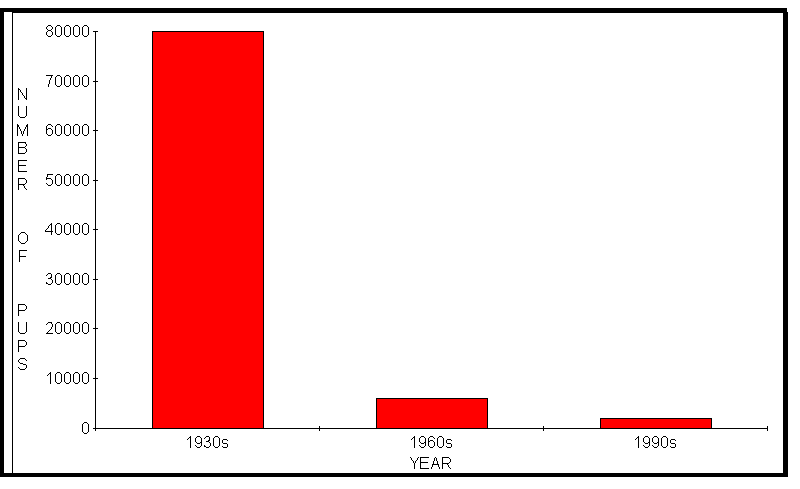
Graph showing decline of Falklands sealions.
The population of Falklands sealions now stands at less than 3% of its former size. This decline has been matched by similar declines in Falklands penguins and seals. These species all rely on fish and squid, which are taken in large quantities by commercial fishing fleets around the Falklands. The removal of such large amounts of fish and squid inevitably has an impact on species which depend upon them.
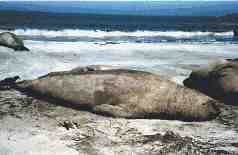
Elephant Seals are much larger than sealions.
Elephant Seal populations have also crashed in the Falklands, with most of their previous breeding sites now lying deserted. The Falklands population now stands at less than a thousand breeding females, a 90% decline over the last 20 years. Elephant seals feed on fish and squid, and are capable of diving to great depths.
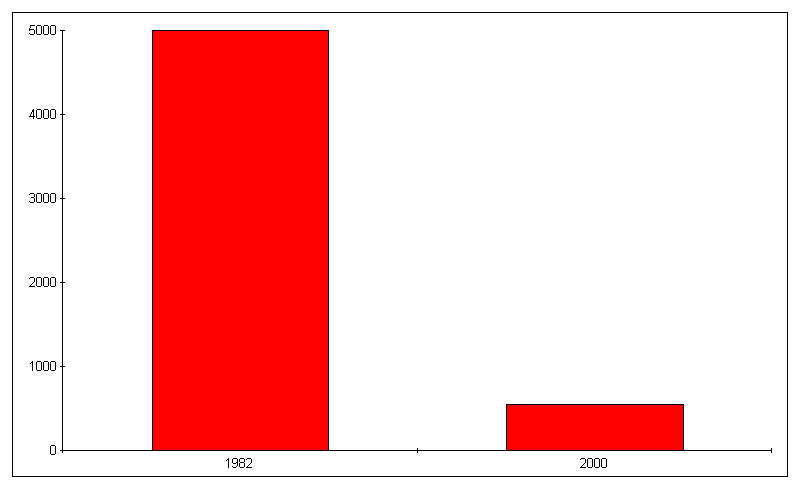
Graph showing 90% decline of Falklands Elephant seals over the last 20 years
.
Fur Seals
Fur Seals were brought to the very brink of extinction by fur traders during the last century, but populations have since recovered to a moderate level around the Falklands. Fur seals mostly feed on small crustaceans which are not commercially harvested, and Fur Seals have not declined in the way that species dependent upon fish and squid have done. Fur seals are mostly found on islands along the north and west coasts of the Falklands.
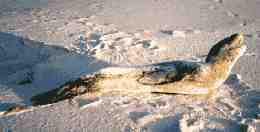
A Leopard Seal
Leopard seals do not breed in the Falklands, but are common visitors to the Falklands, especially during the winter months. They are much slimmer than other seals, but have a strong, powerful head and jaw, used for catching prey such as penguins.
.

SEALS & SEALIONS PICTURE GALLERY
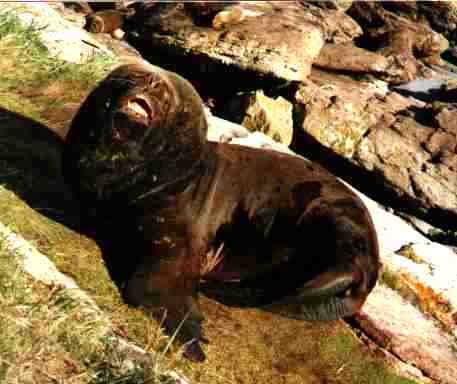
Bull sealions are very large and powerful, and will aggressively defend their harem of females. Unlike true seals, sealions are able to lift themselves onto their flippers and run like a bear. They can run surprisingly quickly, and can be found up to a kilometre or more away from the sea.
.
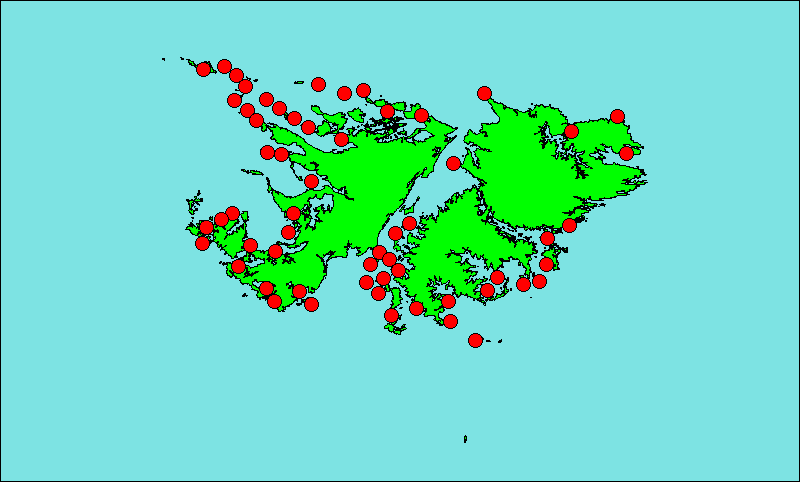
Map showing Southern Sealion breeding sites in the Falkland Islands
.

Elephant Seals look very different to sealions, and are unable to use their flippers to run. They move along on their bellies like giant grubs.
.
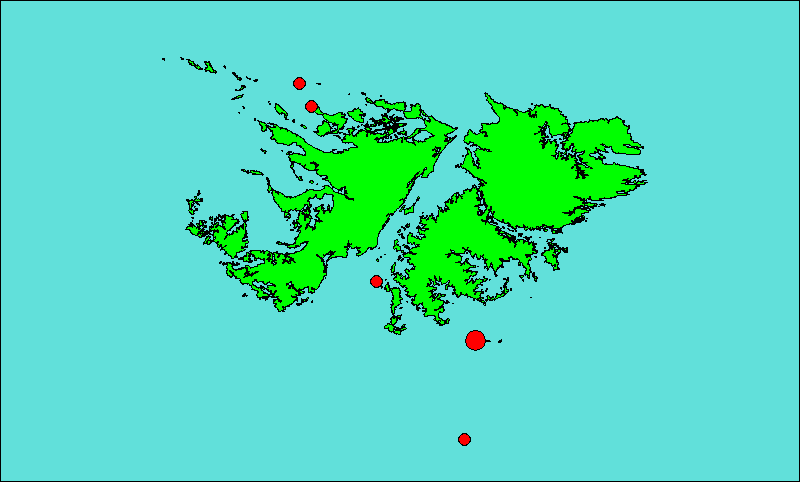
Map showing the only remaining Elephant Seal breeding sites in the Falklands
.

Fur Seals are distinguished by their pointed noses and protruding ears.
.
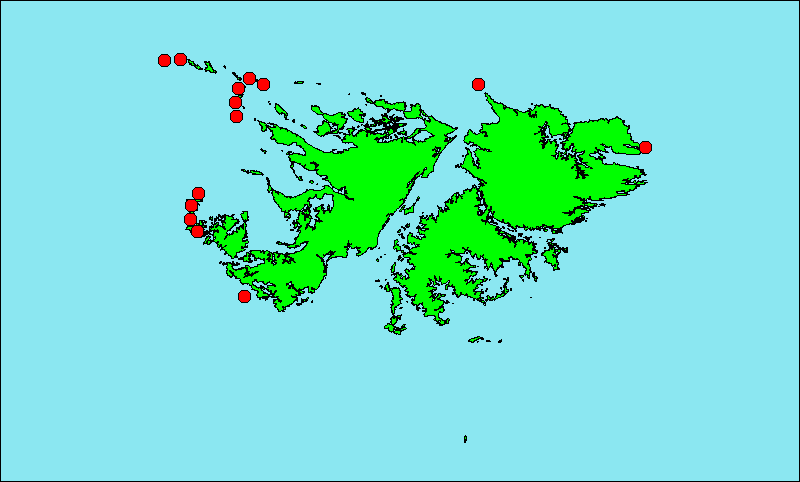
Map showing Fur Seal breeding sites in the Falklands
For more information about Falkland Islands seals and sealions, go to our FALKLAND ISLANDS DATABASE
Please help our work to save Falklands seals and sealions.
MAKE A DONATION using our secure on-line credit card form.